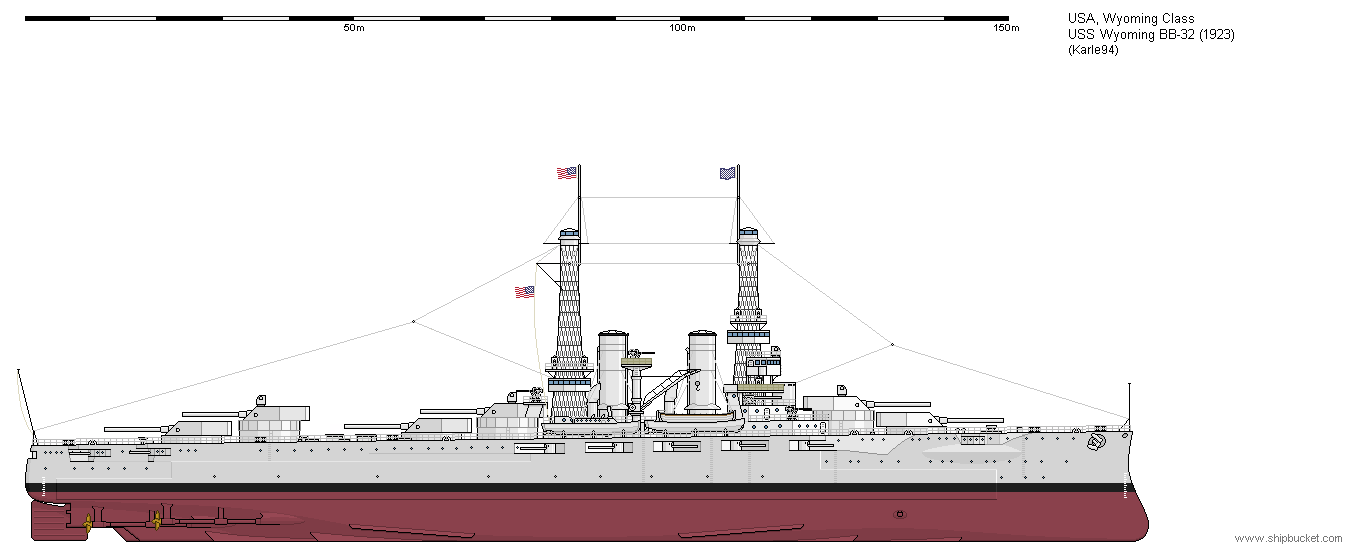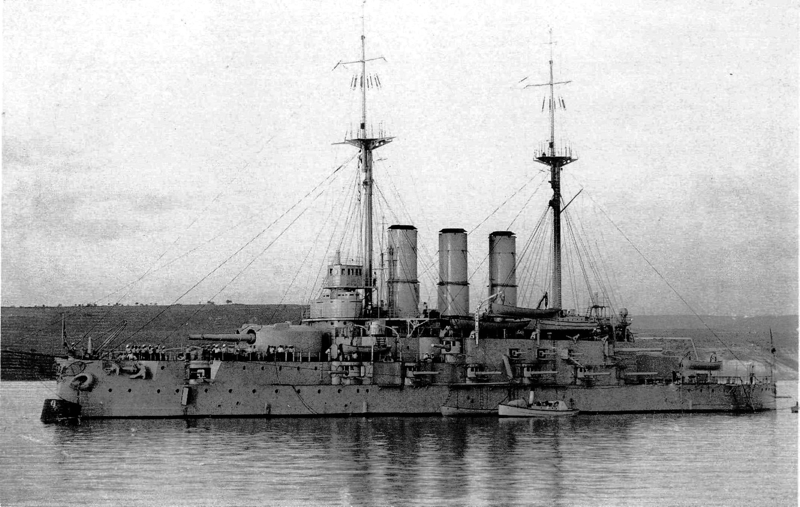13/10/2023 - Original spec for this ship was two use the armour and weaponry from a pair of Evstaffi class pre-dreadnoughts to produce a new ship. Reading up on the armour and armament, neither would want to be put on a new ship. The parts were just too antiquated to be used. The 12" mountings were used in coast Defence batteries guarding Puerto Cabello and another battery guarding the oil fields at Maracaibo.
That pretty much shoots down this ship. There are no other reusable weaponry till the Maracaibo and Maturin class ships donate a turret each for a new ship. Those four turrets are not available till 1937. I certainly want to keep the yards of Puerto Cabello busy and would want to put another ship into production in the middle of the Trujillo of 1929 and the Amacuro of 1939. So what weaponry around the world is available that I can fit in with the Venezuelan (ex Russian) armaments. That gives me either 12" with a decent caliber that can match the 12"/52 in use. The other gun size is the 14" Russian gun of which three triple turrets and 10 guns are available. Those weapons go aboard the battleship Venezuela which starts building in 1936 when Puerto Cabello is finally able to produce some decent heavy armour. So just across the Caribbean we have the US with which Venezuela has favoured nation status with, which has ships with both 12" and 14" guns that could be refitted to use the same shells as those already in the Venezuelan magazines.

The last US 12" dreadnoughts are the Wyoming class with a 12"/50 caliber gun firing a lighter shell than the ex-Russian weapons. This also applies to the US 14" guns that could be available. The ex-Russian weapons are 14"/52 caliber firing a 1650lb shell. The US weapon available is a 14"/45 caliber gun firing a 1400lb shell. The US 14" are the three remaining from the Salamis saga and four from the change of the Oklahoma from 10 to 12 gun ships. The Wyoming class are due to be reduced to trials ships with their 12" guns being removed. When Venezuela approached the US for weaponry, the US Navy did not really want to part with the 14" turrets as they had a use for those themselves as coast defence weapons in Asia (Corregidor Island and other static defenses) as a counter to Japanese moves. The US Navy was happy to provide five twin 12" turrets barbettes and with enough armour plate from the Wyoming class to build a new ship. Trials were done with the 12" Venezuelan munitions in the US guns which proved satisfactory. The Venezuelans did not want one ship being out of synch with all the other 12" battleship munitions. So, a ship with 10x12" (5x2). Here we go!
To facilitate the passage of the bits and pieces from the Wyoming to the Porto Cabello shipyards, the Wyoming arrived on a good will visit in 1932. The Wyoming did not leave for another six months looking decidedly different from when it arrived. The US pattern twin 12" had a much smaller footprint than the ex Russian weapons, and five twins would fit in the same space as four triples. The extra space would be used for the first home grown machinery plant of 105,000shp to provide the ship with a speed of 30 knots. The same hull as the Trujillo was chosen as the shipyards at Porto Cabello already had the plans and knew how to produce it. The rest of the superstructure and equipment would be updated from 5-6 years of advances.

The Anzoategui provided the Venezuelan Navy with a lot of firsts. It was the first ship to have a completely home grown machinery plant. For the first time aircraft handling equipment and hangars was built into the design. The Anzoategui was the first to be designed with a dual purpose armament.
The Anzoategui has a refit schedule, that upgrades the various bits and pieces as new technology becomes available. 40mm and 20mm replace the 28mm and 0.5" machine guns. Radar is added and the electronic suite is added to on a regular basis through the 1940's. The aircraft handling facilities are removed in 1943 with the ships boats being moved to that area and the hangar spit up into more offices and accomodation.
I must admit to enjoying doing these drawings. All the ships have common parts but are not direct clones of each other. Hulls may be the same but the layouts are completely different. What I try and do is to start with the oldest and newest ships to see what the start and end should look like then make a common 'country' theme to the building of the ships.
